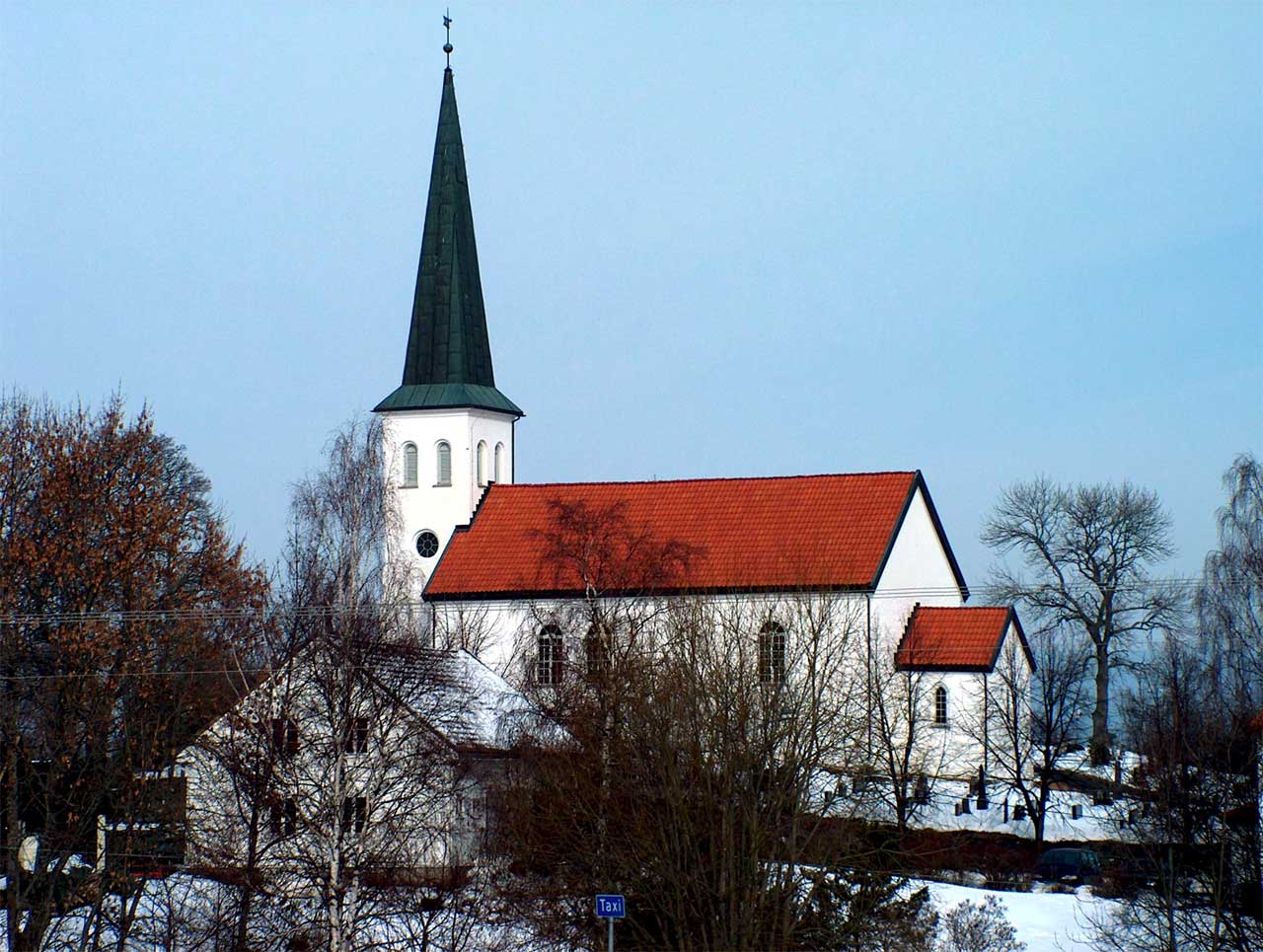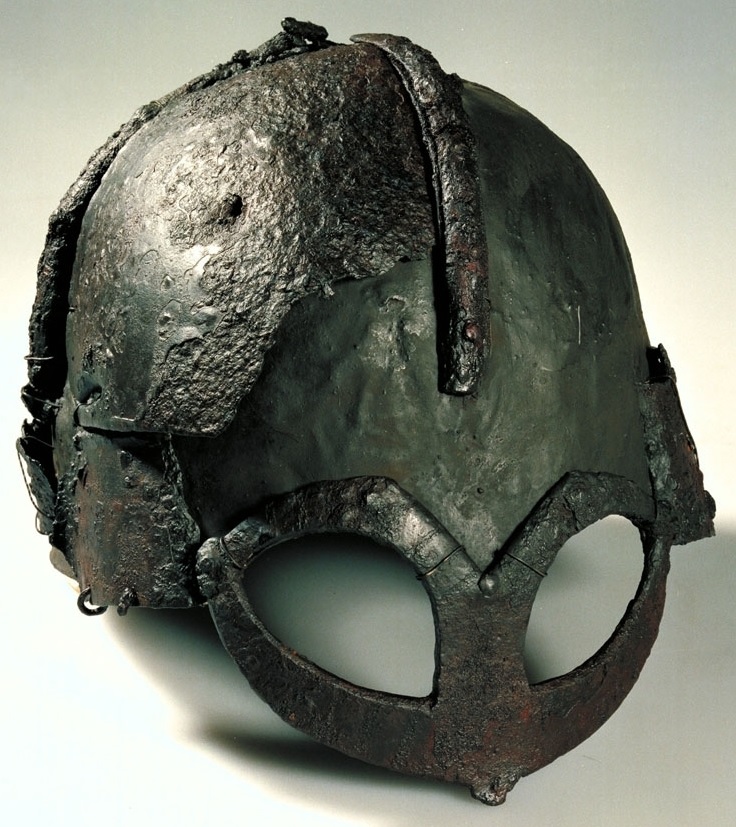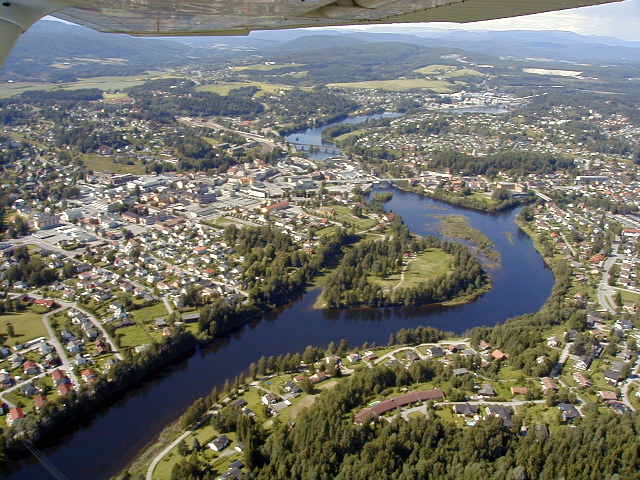|
Haugsbygda
Haugsbygd (formerly known as ''Vangsbygd'' and ''Vangsfjerdingen'') is a village in Ringerike municipality, northeast of the center of Hønefoss, in Buskerud, Norway. Location The village is known for its billowing landscape and is located at a relatively high elevation. Its area can be said to stretch from the border on Norderhov in the south to Knestang and ''Bølgentoppen'' at the border on Åsbygda in the north. Administratively, the area was part of Norderhov municipality before the great unification of the municipalities on 1 January 1964, but it currently belongs to the large municipality of Ringerike. The center of the city is often known as Haug from the Old Norse word ''haugr'' meaning mound. Haug church, which is the main church of Haug parish, Vang primary school, and Haugsbygd lower secondary school, are located here. Previously, there was both a bank and a post office there, but after the bank and postal services started their rationalizations, these were merged. ... [...More Info...] [...Related Items...] OR: [Wikipedia] [Google] [Baidu] |
Norderhov
Norderhov is a former municipality located within Ringerike in Buskerud county, Norway. Municipality Norderhov municipality was established on January 1, 1838 (see formannskapsdistrikt). According to the 1835 census the municipality had a population of 7,234. On 22 April 1852 the city of Hønefoss was separated from Norderhov to constitute a separate administrative unit. In 1857 the rural district Ådal was separated from Norderhov, leaving Norderhov with a population of 6,846. In 1938 a part of Norderhov with 268 inhabitants was moved to Hønefoss, and on 1 January 1964 the rest was merged with Hønefoss, Ådal, Tyristrand and Hole to form the new municipality Ringerike. Norderhov was by far the largest municipality prior to the merger, with a population of 15,143. Parish The municipality (originally the parish) was named after the old farm Norderhov (Old Norse: ''Njardarhof''), since the first church was built there. The first element is the genitive case of the name Njord, ... [...More Info...] [...Related Items...] OR: [Wikipedia] [Google] [Baidu] |
Haug Kirke Ring Tb0305
Haug may refer to: Places * Haug, Minnesota, United States *Haug Range, Greenland *Haugsbygda Haugsbygd (formerly known as ''Vangsbygd'' and ''Vangsfjerdingen'') is a village in Ringerike municipality, northeast of the center of Hønefoss, in Buskerud, Norway. Location The village is known for its billowing landscape and is located at a ..., Ringerike Other uses * Haug (surname) {{disambiguation, geo ... [...More Info...] [...Related Items...] OR: [Wikipedia] [Google] [Baidu] |
Haugsbygd Ringerike2002-10-24
Haugsbygd (formerly known as ''Vangsbygd'' and ''Vangsfjerdingen'') is a village in Ringerike municipality, northeast of the center of Hønefoss, in Buskerud, Norway. Location The village is known for its billowing landscape and is located at a relatively high elevation. Its area can be said to stretch from the border on Norderhov in the south to Knestang and ''Bølgentoppen'' at the border on Åsbygda in the north. Administratively, the area was part of Norderhov municipality before the great unification of the municipalities on 1 January 1964, but it currently belongs to the large municipality of Ringerike. The center of the city is often known as Haug from the Old Norse word ''haugr'' meaning mound. Haug church, which is the main church of Haug parish, Vang primary school, and Haugsbygd lower secondary school, are located here. Previously, there was both a bank and a post office there, but after the bank and postal services started their rationalizations, these were merged. ... [...More Info...] [...Related Items...] OR: [Wikipedia] [Google] [Baidu] |
Ringerike (municipality)
Ringerike is a municipality in the traditional and electoral district Buskerud in Viken county, Norway. It is part of the traditional region of Ringerike. The administrative centre of the municipality is the town of Hønefoss. The municipality of Ringerike was created on 1 January 1964 after the merger of the town of Hønefoss and the rural municipalities of Hole, Norderhov, Tyristrand, and Ådal. However, the area of Hole was removed from the municipality of Ringerike on 1 January 1977 to become a separate municipality once again. The historic area of Ringerike included not just the modern municipality of Ringerike but also Hole and Krødsherad, Modum and Sigdal. General information Etymology The Old Norse form of this name was ''Hringaríki''. The first element is (probably) the genitive plural of ''hringir'', the name of an old Germanic tribe. The last element is ''ríki'' n 'kingdom, reich'. (See also Romerike.) Coat of arms The coat of arms were granted on 16 June 1967. ... [...More Info...] [...Related Items...] OR: [Wikipedia] [Google] [Baidu] |
Hønefoss
__NOTOC__ Hønefoss is a town and the administrative center of the municipality of Ringerike in Buskerud county, Norway. Hønefoss is an industrial center of inner Østlandet, containing several factories and other industry. As of 1 January 2008, Hønefoss has 14,177 inhabitants. In 1852, Hønefoss received town status and was separated from Norderhov. In 1964, Hønefoss ceased being a separate municipality and became part of Ringerike. Etymology The town is named after Hønefossen, a waterfall on the Begna River. The first element is the name of the old farm ''Hønen'' (Old Norse ''*Hœnvin''), the last element is ''foss'' meaning 'waterfall'. The name of the farm is a compound of a word ''*hœn-'' (with an unknown meaning) and ''vin'' f 'meadow'. Location Hønefoss is located 63 kilometres northwest by road from the Norwegian capital of Oslo. Hønefoss is situated north of Lake Tyrifjorden. At Hønefoss, the Begna flows together with the Randselva river just below Hønefosse ... [...More Info...] [...Related Items...] OR: [Wikipedia] [Google] [Baidu] |
Buskerud
Buskerud () is a former county and a current electoral district in Norway, bordering Akershus, Oslo, Oppland, Sogn og Fjordane, Hordaland, Telemark and Vestfold. The region extends from the Oslofjord and Drammensfjorden in the southeast to Hardangervidda mountain range in the northwest. The county administration was in modern times located in Drammen. Buskerud was merged with Akershus and Østfold into the newly created Viken County on 1 January 2020. On the 23 February 2022 Viken County Council voted in a 49 against 38 decision to submit an application to the Norwegian government for a county demerger. Etymology The county was named after the old manor Buskerud ( non, Biskupsruð) (Biskopsrøysa) located on the west side of the Drammen River in Åmot, Modum municipality. The first element is the genitive case of ', 'bishop' (referring to the Bishop of Hamar), the last element is ' n 'clearing, farm'. The farm was one of the largest in Buskerud, and the original name of the farm ... [...More Info...] [...Related Items...] OR: [Wikipedia] [Google] [Baidu] |
Norway
Norway, officially the Kingdom of Norway, is a Nordic country in Northern Europe, the mainland territory of which comprises the western and northernmost portion of the Scandinavian Peninsula. The remote Arctic island of Jan Mayen and the archipelago of Svalbard also form part of Norway. Bouvet Island, located in the Subantarctic, is a dependency of Norway; it also lays claims to the Antarctic territories of Peter I Island and Queen Maud Land. The capital and largest city in Norway is Oslo. Norway has a total area of and had a population of 5,425,270 in January 2022. The country shares a long eastern border with Sweden at a length of . It is bordered by Finland and Russia to the northeast and the Skagerrak strait to the south, on the other side of which are Denmark and the United Kingdom. Norway has an extensive coastline, facing the North Atlantic Ocean and the Barents Sea. The maritime influence dominates Norway's climate, with mild lowland temperatures on the se ... [...More Info...] [...Related Items...] OR: [Wikipedia] [Google] [Baidu] |
Old Norse
Old Norse, Old Nordic, or Old Scandinavian, is a stage of development of North Germanic languages, North Germanic dialects before their final divergence into separate Nordic languages. Old Norse was spoken by inhabitants of Scandinavia and their Viking expansion, overseas settlements and chronologically coincides with the Viking Age, the Christianization of Scandinavia and the consolidation of Scandinavian kingdoms from about the 7th to the 15th centuries. The Proto-Norse language developed into Old Norse by the 8th century, and Old Norse began to develop into the modern North Germanic languages in the mid-to-late 14th century, ending the language phase known as Old Norse. These dates, however, are not absolute, since written Old Norse is found well into the 15th century. Old Norse was divided into three dialects: Old West Norse, ''Old West Norse'' or ''Old West Nordic'' (often referred to as ''Old Norse''), Old East Norse, ''Old East Norse'' or ''Old East Nordic'', and ''Ol ... [...More Info...] [...Related Items...] OR: [Wikipedia] [Google] [Baidu] |
Jevnaker
Jevnaker is a municipality in Viken county, Norway. The administrative centre of the municipality is the village of Jevnaker with a population of 4,302. The parish of ''Jævnaker'' was established as a municipality on 1 January 1838 (see formannskapsdistrikt). The area of Lunner was separated from the municipality of Jevnaker on 1 January 1898 to form a municipality of its own. From 1 January 2020 the municipality belongs to Viken county, it was Oppland before that. The municipality is (together with Gran and Lunner) a part of the Hadeland traditional region. The Hadeland region has a population of about 30,000. The region spreads over a large area including several villages and towns. Name and coat-of-arms The municipality (originally the parish) is named after the old ''Jevnaker'' farm (Old Norse: ''Jafnakr''), since the first church was built here. The first element is ''jafn'' which means "even" or "flat" and the last element is ''akr'' which means "field" or "acre". Prior ... [...More Info...] [...Related Items...] OR: [Wikipedia] [Google] [Baidu] |
Viking Era
The Viking Age () was the period during the Middle Ages when Norsemen known as Vikings undertook large-scale raiding, colonizing, conquest, and trading throughout Europe and reached North America. It followed the Migration Period and the Germanic Iron Age. The Viking Age applies not only to their homeland of Scandinavia but also to any place significantly settled by Scandinavians during the period. The Scandinavians of the Viking Age are often referred to as ''Vikings'' as well as ''Norsemen'', although few of them were Vikings in sense of being engaged in piracy. Voyaging by sea from their homelands in Denmark, Norway, and Sweden, the Norse people settled in the British Isles, Ireland, the Faroe Islands, Iceland, Greenland, Normandy, and the Baltic coast and along the Dnieper and Volga trade routes in eastern Europe, where they were also known as Varangians. They also briefly settled in Newfoundland, becoming the first Europeans to reach North America. The Norse-Gaels, ... [...More Info...] [...Related Items...] OR: [Wikipedia] [Google] [Baidu] |






